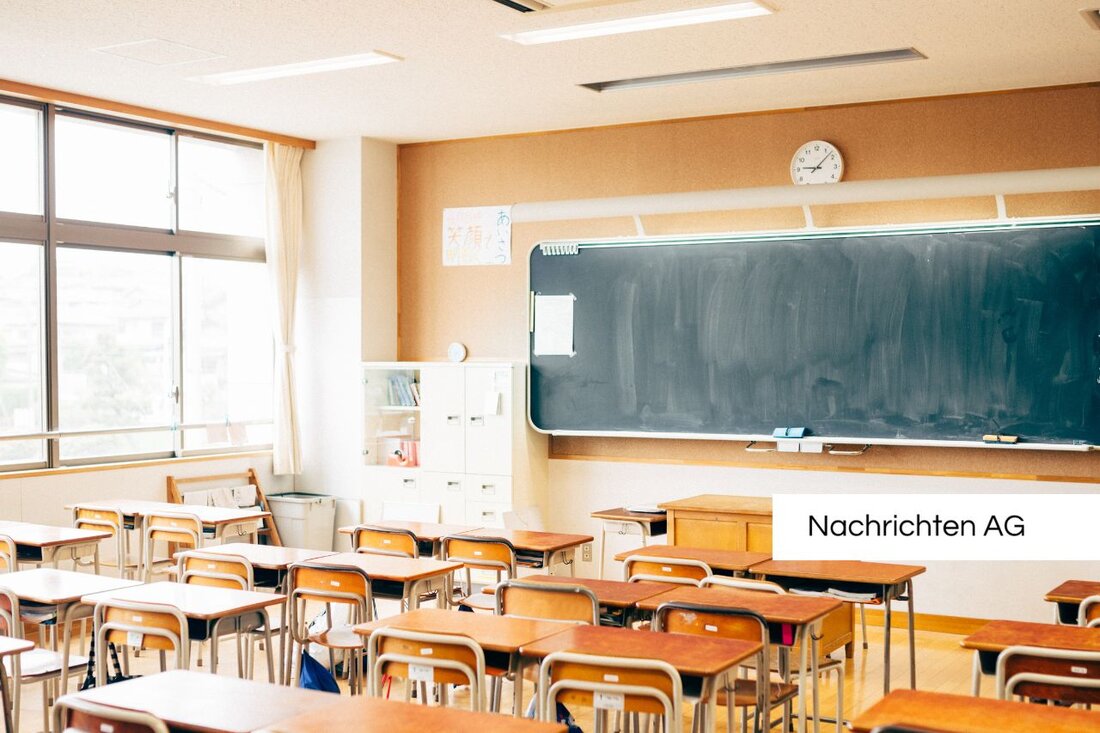Heat alarm in Oberhavel: Schools react differently to 36 degrees!
Oberhavel is experiencing a heat wave of up to 36 degrees. Schools are adapting, lessons are being shortened or taught without heat.

Heat alarm in Oberhavel: Schools react differently to 36 degrees!
The heat wave in Oberhavel has set teachers and students in the region on the move. Temperatures are expected to reach up to 36 degrees Celsius on Wednesday, forcing schools to introduce different arrangements to adapt lessons to the oppressive heat. As maz-online.de reports, each school has taken its own measures, although the consensus on which approach is best leaves much to be desired.
At the Hedwig-Bollhagen-Gymnasium in Velten, regular classes will continue on Monday. From Tuesday, however, the teaching time in the following days will be shortened from 45 to 30 minutes from the third hour onwards. At the Werner von Siemens School in Gransee, lessons are also being shortened, while the Mosaik primary school in Oranienburg is already introducing heat-free periods from 12:10 p.m. in the first to fourth grades. The Kranichschule Zehdenick leaves it up to the parents whether they pick up their children from 12 p.m., although a declaration of consent is required.
Different approaches
However, there are also schools that do not plan any heat relief at all. For example, the Eduard Maurer high school center in Hennigsdorf has decided not to switch to heat-free despite the higher temperatures, while the Puschkin high school in Hennigsdorf offers shortened lessons until 12 p.m. if the temperature limits are exceeded. Such decisions lead to questions about a uniform approach in schools.
Across Germany, the flexibility of school management when designing heat-free regulations is praised. As rnd.de shows, the regulations for heat-free are different, with many federal states, such as North Rhine-Westphalia, specifying that if it is more than 27 degrees, heat-free only for primary school students and classes 5-6 applies. In Lower Saxony, however, high school students can now also benefit from heat-free.
Lack of uniformity
The inconsistency can also be seen in other federal states: In Brandenburg, school management is allowed to grant heat exemption at temperatures above 25 degrees, but this does not apply to the upper grades. This means that young people have to sit in the classroom even in oppressive heat, while younger students are allowed to go home earlier. School regulations vary greatly and often depend on the decision of each school administration, making it challenging for parents and students to plan in advance.
So it remains exciting to see how the heat wave affects schools in the region and beyond. School opening times and teaching methods could only be the tip of the iceberg in the coming days when it comes to adapting school operations to extreme weather conditions. A uniform concept would be desirable, but as you can see, every school has to find its own way.
In the future, a solution to the challenges associated with teaching at high temperatures may need to be sought not only regionally, but nationwide, while school management bears responsibility for the well-being of the students and a pleasant learning environment. The discussion about heat-free, as well as the regulations in various federal states, will certainly have to be continued in order to find the best possible solutions for all students, especially in times of extreme weather phenomena, which unfortunately are now occurring more and more frequently.

 Suche
Suche
 Mein Konto
Mein Konto